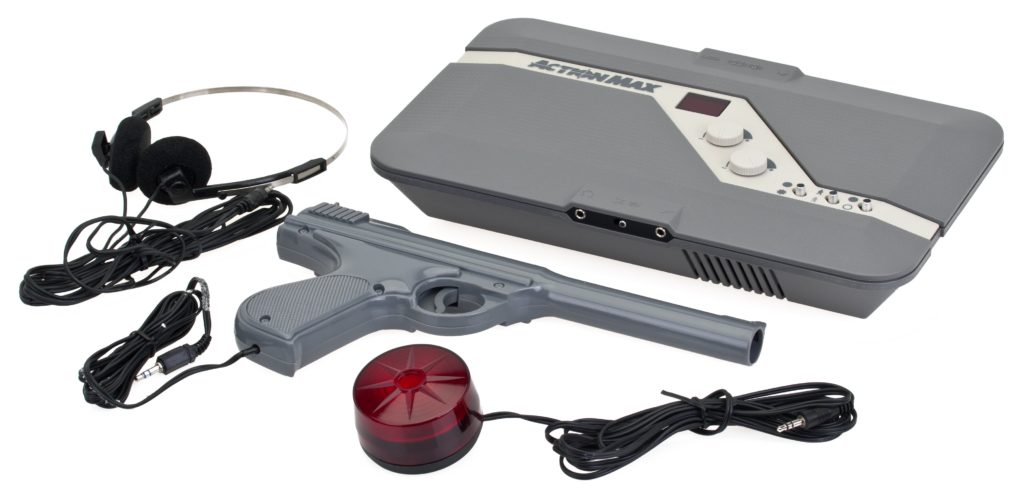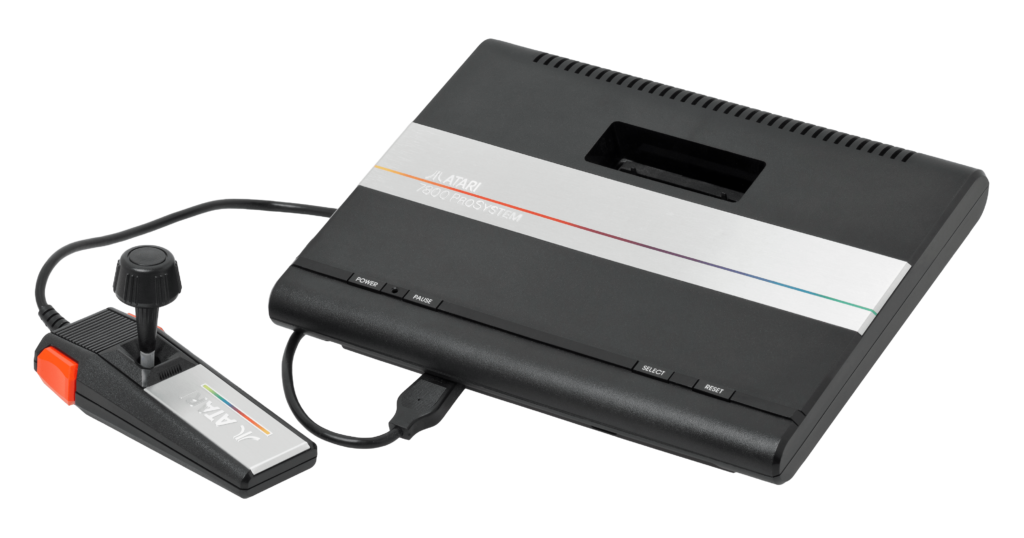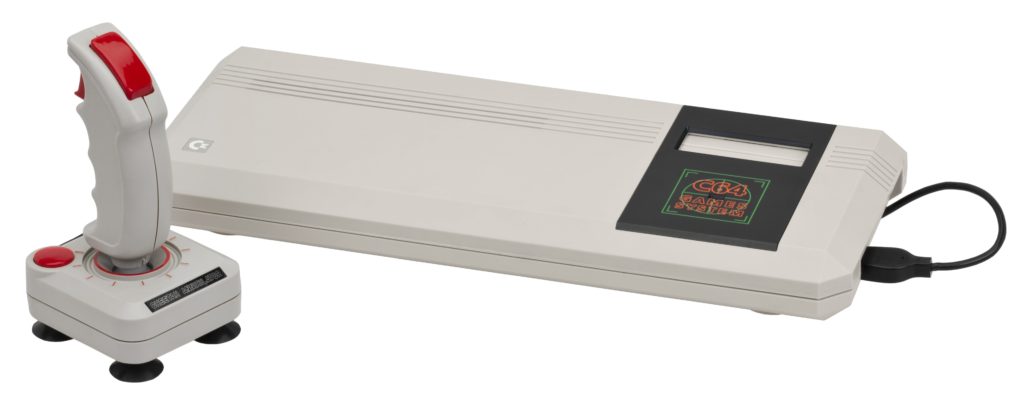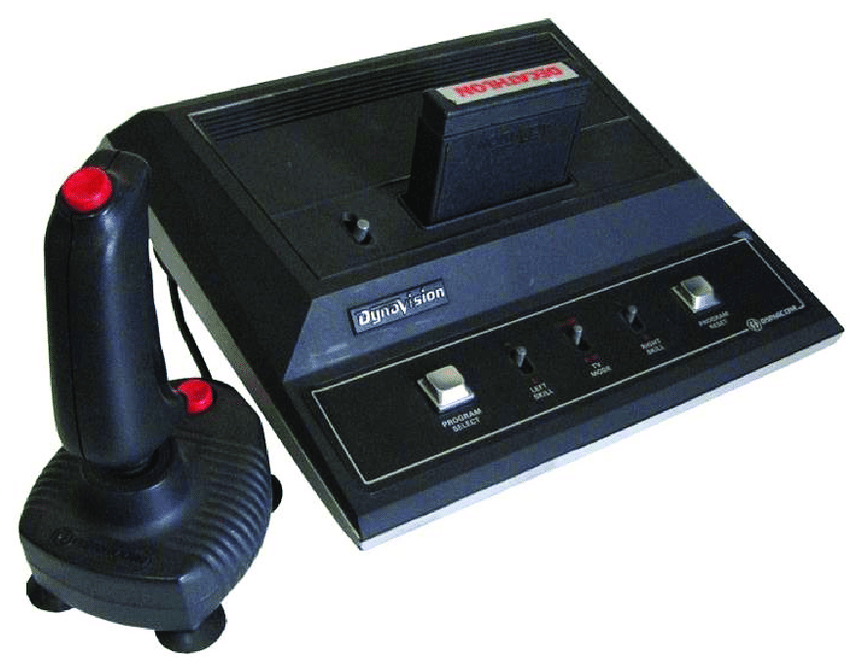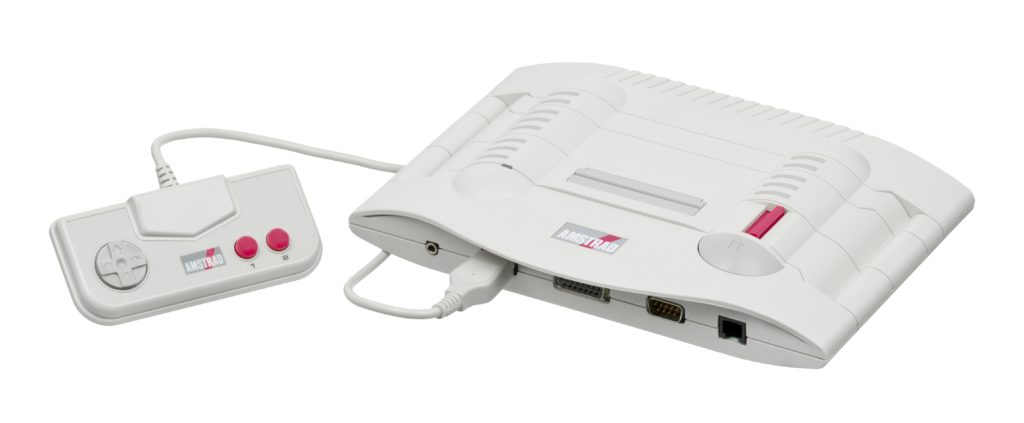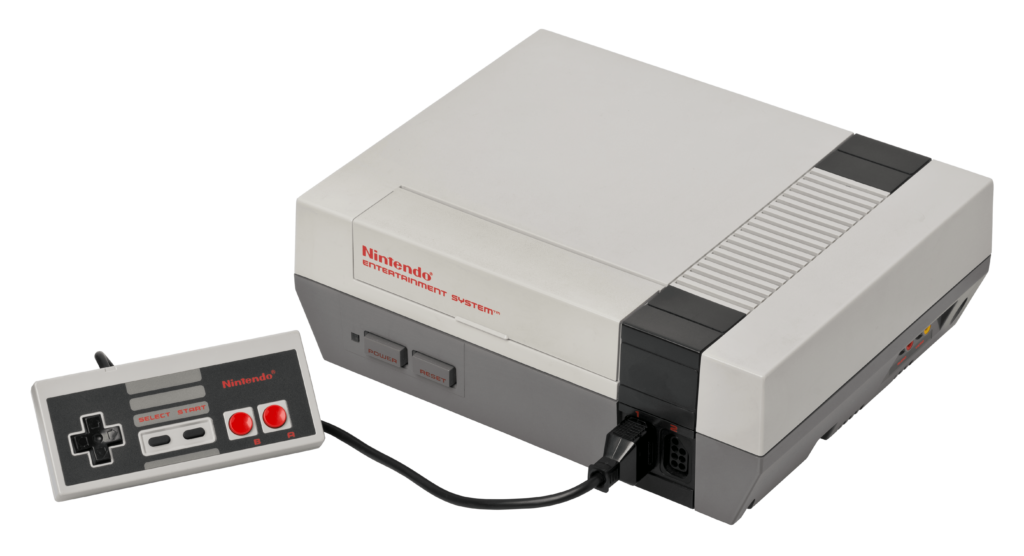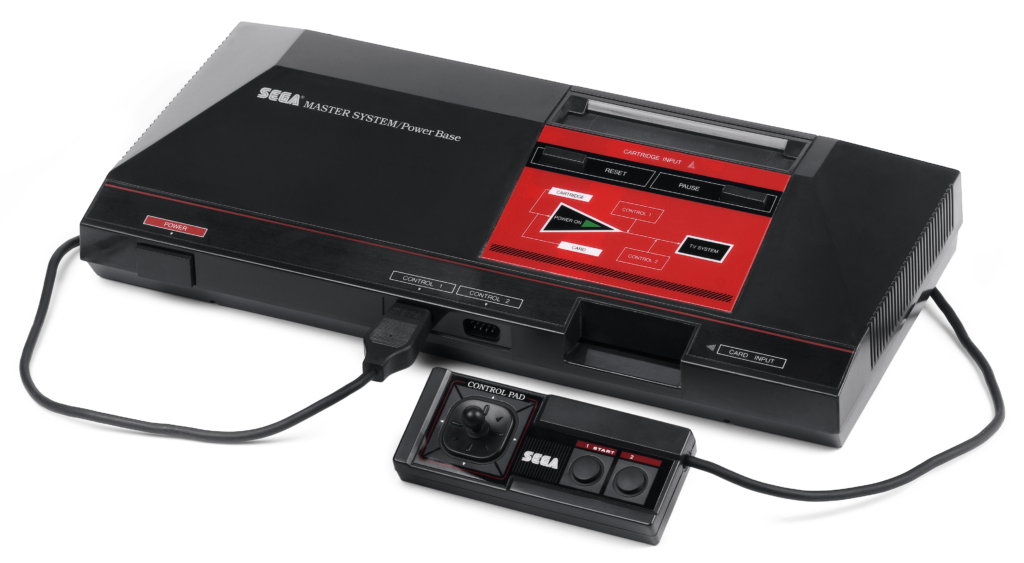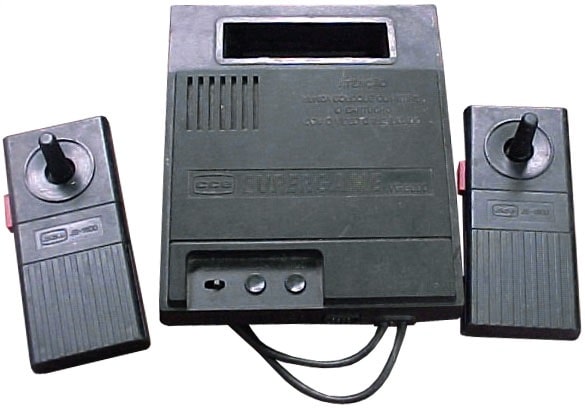1983-1990
The third generation of video game consoles, also known as the 8-bit era, marked a period of revival for the industry after the video game crash of 1983. This generation began in 1983 with the release of the Nintendo Entertainment System (NES) by Nintendo and the Sega Master System by Sega. It was a crucial moment that established many of the standards that would define the video game market in the years to come, including improvements in graphics, sound, and game design.
The success of the NES was essential in revitalizing the industry, especially in North America. Nintendo introduced practices such as quality certification for games, which helped restore consumer confidence. Additionally, the third generation solidified iconic franchises like Super Mario Bros., The Legend of Zelda, and Metroid, which would shape the future of the industry.
Technical Information
Third-generation consoles were based on 8-bit processors, providing more sophisticated graphics and sound compared to previous generations. These technical improvements allowed for more immersive gaming experiences, with smoother gameplay and more complex stories.
Key technical features:
- Processor: 8-bit (e.g., Ricoh 2A03 in the NES and Zilog Z80 in the Master System)
- Graphics: Resolution up to 256×240 pixels with a palette of up to 54 colors on the NES
- Audio: Capability to play multiple sound channels
- Media: ROM cartridges
- Controller: Introduction of the digital directional pad (D-Pad) by the NES
General Information
- Period: 1983 – 1990
- Main Consoles: Nintendo Entertainment System (NES), Sega Master System
- Processing: 8-bit
- Primary Media: ROM cartridges
- Notable Franchises: Super Mario Bros., The Legend of Zelda, Metroid, Mega Man, Castlevania
Impact and Legacy
The third generation redefined the video game industry by establishing commercial practices, technical standards, and long-lasting franchises. The NES, in particular, became the best-selling home console of its time, influencing the design and structure of games for future generations.
This generation also marked the beginning of the rivalry between Nintendo and Sega, which would continue in subsequent generations. The influence of the games and consoles from this era can still be seen today, with many titles being re-released on modern platforms and celebrated for their historical significance.
Curiosities
- Super Mario Bros. became the best-selling NES game, with over 40 million copies sold.
- The Legend of Zelda was one of the first games to feature a save system, allowing players to continue their journey later.
- The Master System achieved greater success in markets like Brazil and Europe than in the United States, where the NES dominated.

 Português do Brasil
Português do Brasil